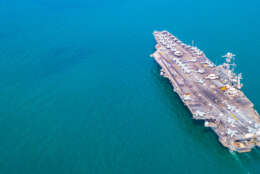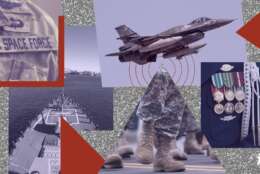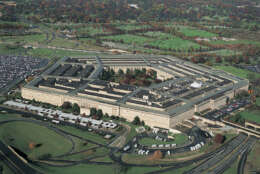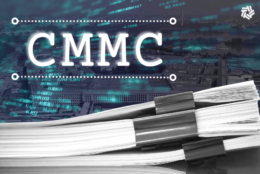Defense
-
DARPA looks to three companies to help build a quantum computer that works for the Defense Department.
February 17, 2023 -
Besides operational capability in the face of CBRN threats, DTRA bring two other assets to the fight: people and research.
February 15, 2023 -
During this exclusive CISO Handbook webinar, moderator Justin Doubleday and guests Louis Koplin from the Department of the Navy and Michael Mestrovich from Rubrik will discuss zero trust progress and strategy moving forward at the Department of the Navy.
February 15, 2023 -
DCSA is reducing rates by 18% in fiscal 2024, amid the governmentwide shift to continuous vetting.
February 14, 2023 -
TRADOC looks to a more nuanced synthetic training experience to prepare soldiers for battle.
February 14, 2023 -
A panel of federal and industry experts describe each of their approaches to achieving a zero trust architecture to improve the security of systems and data.
February 13, 2023 -
After two decades of counterterrorism missions, the Defense Department is shifting its attention to “great power competition.” DoD’s approach to engineering is also changing as it looks to upgrade its systems, integrate old with new, and have more resilience in the face of both cyber and kinetic attacks. DoD is now emphasizing the use of digital engineering to modernize its systems for the potential “near-peer” fight.
February 10, 2023 -
More than 17,000 companies left the Defense Industrial Base over the past five years, according to an annual assessment by one of the Defense industry's main trade associations.
February 10, 2023 -
This week Federal Drive host Tom Temin has been interviewing some of the Defense Department's acquisition workforce award winners. In this interview, he talks with someone with a title Temin said he will only pronounce: "The finance manager for the joint program executive office for chemical, biological, radio-logical and nuclear defense joint assisted acquisition team.
February 09, 2023 -
Eric Crusius, a partner with Holland & Knight, explains how the cybersecurity compliance regime for contractors will continue to grow whether or not DoD finalizes CMMC
February 08, 2023 -
Few acquisitions seem to vex the government more than information technology. It's a major expenditure each year, at something like a hundred billion dollars governmentwide.
February 08, 2023 -
In order to know whether they get a fair price for something, the armed forces need to know the cost of making it. That's where the cost estimating and discovery part of acquisition comes in.
February 07, 2023 -
After a years of trying different ways to centralize Pentagon management, DoD kicks off Defense Management Institute.
February 07, 2023 -
A bill before the House would create a new cadre of people to help the government in case of a serious cyber attack. The National Digital Reserve Corps would be managed by the General Services Administration.
February 06, 2023 -
For the military, nothing much happens without good requirements. Vic Steinman is the air warfare requirements coordinator for the Navy. His work earned him a Defense Acquisition Workforce Award.
February 06, 2023














